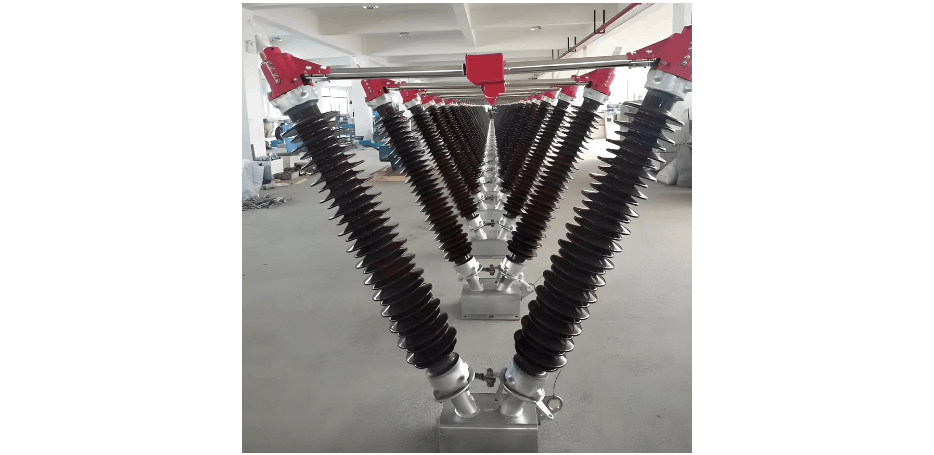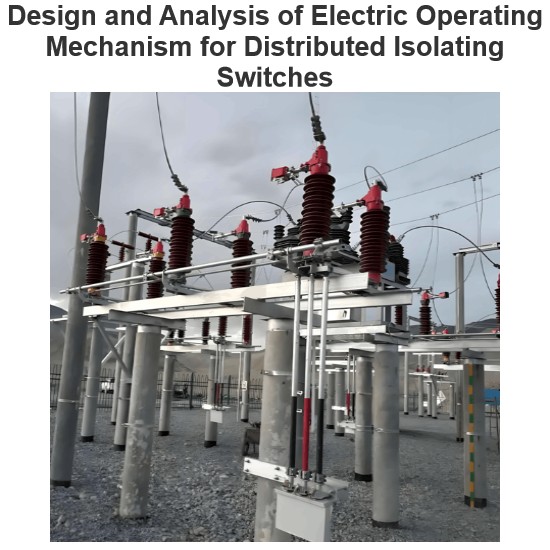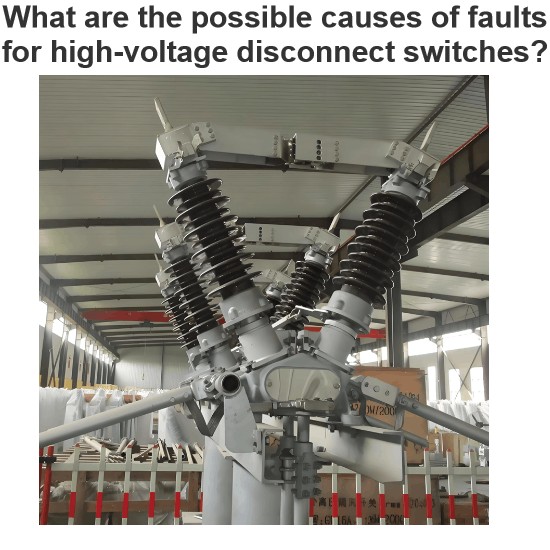1. Introduction
High voltage disconnect switches, particularly those rated at 145kV, play a critical role in Southeast Asia's power infrastructure. These switches are essential for isolating electrical equipment during maintenance, ensuring personnel safety and grid stability. Selecting appropriate 145kV high voltage disconnect switches (HVDs) is a complex task, requiring comprehensive consideration of multiple factors to meet the specific demands of the region's power systems.
2. Overview of High Voltage Disconnect Switches
2.1 Function and Significance
As defined in IEC 62271-102, a high voltage disconnect switch is a device without an arc-extinguishing function, primarily designed to provide a visible break in the circuit—critical for maintenance operations. When equipment in a power system requires servicing, the 145kV HVD isolates the equipment from live grid components. For example, in Southeast Asian substations with dense 145kV networks, the disconnect switch acts as a safety barrier, ensuring no current flows to serviced equipment and minimizing electric shock risks.
2.2 Basic Structure
A typical 145kV HVD comprises key components: a base providing stable support; insulators (often porcelain or composite materials) insulating conductive parts from ground; conductive elements (fixed and moving contacts) carrying current when closed and creating a break when open; and an operating mechanism (manual, electric, or pneumatic) controlling contact movement for switching.
3. Key Selection Criteria for 145kV High Voltage Disconnect Switches
3.1 Voltage and Current Ratings
3.1.1 Voltage Rating
The voltage rating of a 145kV HVD must precisely match the system voltage. Southeast Asian grids operate at various levels, and 145kV switches are designed to handle the nominal 145kV while withstanding transient over-voltages (e.g., from switching or lightning). IEC 62271-102 mandates switches to endure such over-voltages without insulation or component damage. In Southeast Asian coastal regions with high lightning activity, switches need robust insulation to withstand surge voltages.
3.1.2 Current Rating
The current rating should be based on the maximum load current. In 145kV systems, this varies by regional demand—industrial areas with high-power factories in Southeast Asia may have significantly higher loads than residential zones. Switches must carry maximum load current continuously without overheating and withstand short-circuit currents for specified durations. Short-circuit currents impose extreme stress on conductive parts, requiring designs that meet peak and short-time withstand current standards.
3.2 Environmental Adaptability
3.2.1 Climate and Weather Conditions
Southeast Asia’s diverse climate—from high-humidity tropical rainforests to arid zones—requires HVDs to adapt:
- In high-humidity areas, switches must prevent moisture accumulation to avoid corrosion and insulation degradation.
- In rainy regions, IP66-rated switches are ideal. IP66 protection ensures complete dust-tightness and resistance to powerful water jets, suitable for outdoor installations exposed to heavy rain and strong winds.
3.2.2 Pollution and Contamination
Industrial development in Southeast Asia exposes substations (and 145kV HVDs) to pollutants like industrial chemicals, dust, and coastal salt mist:
- Salt mist causes metal corrosion, while industrial dust reduces insulator performance.
- Solutions include switches with anti-pollution insulator coatings or corrosion-resistant materials, and those with increased creepage distances to prevent flashovers in polluted environments.
3.3 Mechanical and Electrical Performance
3.3.1 Mechanical Strength
145kV HVDs need robust mechanical design to withstand operational forces (e.g., during switching) and external loads (e.g., wind):
- In typhoon-prone Southeast Asian regions, switches must endure extreme weather.
- The operating mechanism should ensure smooth, precise switching, while mechanical life (number of operations before wear) is critical for minimizing maintenance and ensuring continuous operation.
3.3.2 Electrical Performance
Key electrical parameters include:
- Contact resistance: Low resistance minimizes power loss and overheating.
- Dielectric strength: Switches must withstand 145kV electrical stresses, including arc tolerance during switching (though not arc-extinguishing like circuit breakers).
- Insulation performance (between conductors and ground) must comply with IEC 62271-102, verified via regular tests (insulation resistance, dielectric withstand).
3.4 Standard Compliance
3.4.1 IEC 62271-102
Compliance with IEC 62271-102 is mandatory. This international standard specifies design, construction, and testing requirements for HVDs, ensuring global interoperability and safety. It defines metrics for mechanical operation, insulation strength, and short-circuit current tolerance, providing a technical baseline for selection.
3.5 Operational and Maintenance Feasibility
3.5.1 Operation Mode Adaptability
Operation mechanisms should align with substation needs:
- Electric/pneumatic mechanisms suit unmanned substations for remote control.
- Manual mechanisms are suitable for frequently serviced sites.
- Reliability and response speed are key—electric mechanisms need backup power for emergency operations.

3.5.2 Maintenance Requirements
Southeast Asia’s hot-humid environment increases maintenance needs. Selection should prioritize:
- Serviceability of components (contacts, insulators, mechanisms).
- Durability of anti-corrosion coatings and seals for long-term maintenance-free operation.
- Smart HVDs with condition monitoring (temperature sensors, stroke tracking) enable real-time status feedback, reducing maintenance frequency.
4. Regional Considerations for Southeast Asia
Deploying 145kV HVDs in Southeast Asia requires focus on:
- Tropical climate protection: IP66 enclosures with UV-resistant coatings to prevent high-temperature/humidity/UV-induced material aging.
- Salt mist corrosion control: 316L stainless steel/titanium components for coastal areas; silicone rubber insulators for salt resistance.
- Seismic adaptability: Mechanical structures compliant with seismic standards (e.g., IEEE 693) for countries in seismic zones.
- Biological protection: Anti-creep designs or repellents to prevent insect/small animal intrusion in tropical rainforest areas.
5. Economic and Life Cycle Costs
Selection must balance initial investment with life cycle costs:
- Material cost balance: Corrosion-resistant alloys may have higher upfront costs but reduce replacement frequency in high-corrosion environments, lowering total cost of ownership (TCO).
- Energy efficiency: Low-contact-resistance designs minimize power loss, particularly in high-load scenarios.
- Localized service: Brands with Southeast Asian spare part warehouses and technical support reduce maintenance downtime and costs.
6. Conclusion
Selecting 145kV high voltage disconnect switches is a systematic process integrating technical standards, environmental adaptability, and regional characteristics. In Southeast Asia, designs must prioritize IEC 62271-102 compliance, IP66 protection, tropical climate resilience, and corrosion resistance, while balancing operational maintenance and life cycle costs. By precisely matching voltage/current ratings and optimizing mechanical/electrical performance, HVDs can operate safely and reliably in Southeast Asia’s complex grid environment, supporting regional power infrastructure stability.















